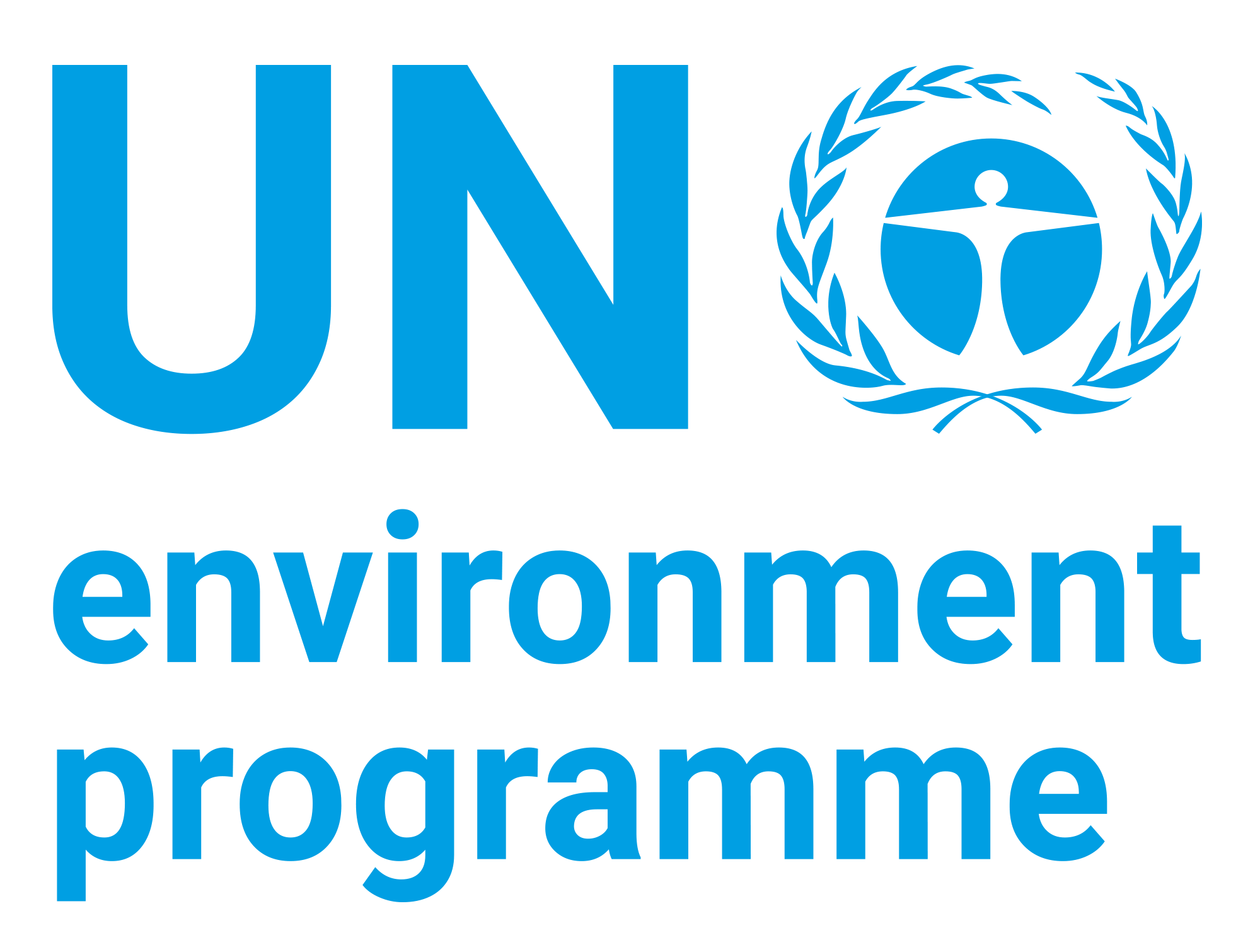Seagrass beds in the Western Indian Ocean region

Date
2012-12Author
United Nations Environment Programme
Citation Tool
Bibliographic Managers
RT Generic T1 Seagrass beds in the Western Indian Ocean region A1 United Nations Environment Programme YR 2012-12 LK https://wedocs.unep.org/20.500.11822/21176 PB AB TY - GEN T1 - Seagrass beds in the Western Indian Ocean region AU - United Nations Environment Programme Y1 - 2012-12 UR - https://wedocs.unep.org/20.500.11822/21176 PB - AB - @misc{20.500.11822_21176 author = {United Nations Environment Programme}, title = {Seagrass beds in the Western Indian Ocean region}, year = {2012-12}, abstract = {}, url = {https://wedocs.unep.org/20.500.11822/21176} } @misc{20.500.11822_21176 author = {United Nations Environment Programme}, title = {Seagrass beds in the Western Indian Ocean region}, year = {2012-12}, abstract = {}, url = {https://wedocs.unep.org/20.500.11822/21176} } TY - GEN T1 - Seagrass beds in the Western Indian Ocean region AU - United Nations Environment Programme UR - https://wedocs.unep.org/20.500.11822/21176 PB - AB -View/Open
Item Statistics
Display item statisticsMetadata
Show full item recordDescription
Seagrass ecosystems cover wide expanses of the intertidal and subtidal zones of the WIO region. Worldwide the value of these ecosystems has been estimated to be $ 19,400 ha-1 yr. These ecosystems are critical in their support of a valuable fishery which contributes to the livelihoods of coastal communities, and support habitats for a diverse assemblage of plant and animal species. Ecologically, the presence of seagrasses is important as their rhizomes and roots anchor them to the soft sandy substrates characteristic of coastal areas resulting in sediment stabilization, nutrient uptake and protection of the coastlines from strong oceanic currents. Seagrass beds are now also recognized for carbon sequestration whose value of carbon storage capacity is just being understood worldwide.
Collections
Document Viewer
To read more, scroll down below.

